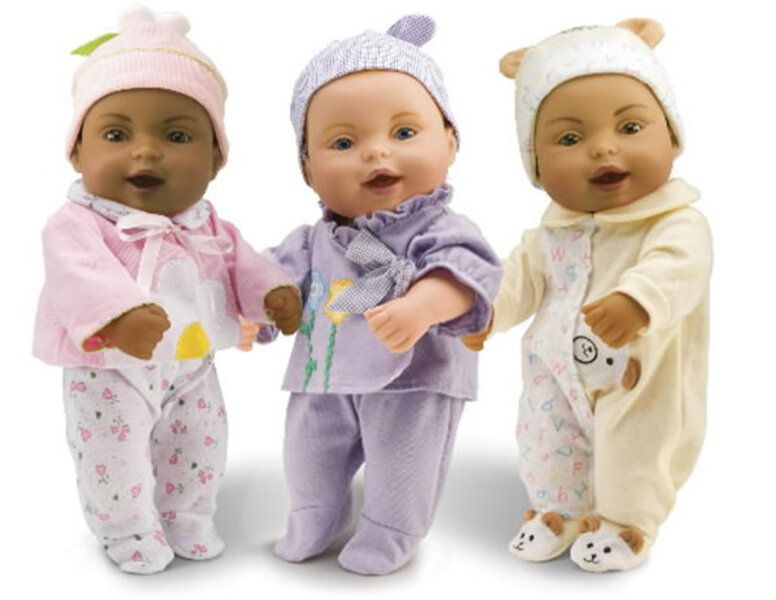Babies? Not in this economy. US birth rates plummet for fourth year
Loading...
| New York
U.S. births fell for the fourth year in a row, the government reported Wednesday, with experts calling it more proof that the weak economy has continued to dampen enthusiasm for having children.
But the decline in 2011 was just 1 percent — not as sharp a fall-off as the 2 to 3 percent drop seen in recent years.
"It may be that the effect of the recession is slowly coming to an end," said Carl Haub, a senior demographer with the Population Reference Bureau, a research organization.
Most striking were steep declines in Hispanic birth rates and a new low in teen births. Hispanics have been disproportionately affected by the poor economy, experts say, and teen birth rates have been falling for 20 years.
Falling births is a relatively new phenomenon in the U.S. Births had been on the rise since the late 1990s and hit an all-time high of more than 4.3 million in 2007.
But fewer than 4 million births were counted last year — the lowest number since 1998.
The economy officially was in a recession from December 2007 until June 2009. But well into 2011, polls show most Americans remained gloomy, citing anemic hiring, a depressed housing market and other factors.
The report by the Centers for Disease Control and Prevention is a first glimpse at 2011 birth certificate data from state health departments.
Early data for 2012 is not yet available, and it's too soon to guess whether the birth decline will change, said the CDC's Stephanie Ventura, one of the study's authors.
Some highlights:
—The birth rate for single women fell for the third straight year, dropping by 3 percent from 2010 to 2011. The birth rate for married women rose 1 percent. In most cases, married women are older and more financially secure.
—The birth rate for Hispanic women dropped 6 percent. But it declined only 2 percent for black women, stayed the same for whites and rose a bit for Asian-American and Pacific Islanders.
—Birth rates fell again for women in their early 20s, down 5 percent from 2010 — the lowest mark for women in that age group since 1940, when comprehensive national birth records were first compiled.
—Birth rates held steady for women in their early 30s and rose for moms ages 35 and older. Experts say that's not surprising: Older women generally have better jobs or financial security and are more sensitive to the ticking away of their biological clocks.
—Birth rates for teen moms have been falling since 1991 and hit another historic low. The number of teen births last year — about 330,000 — was the fewest in one year since 1946.
"The continued decline in the teen birth rates is astounding," said John Santelli, a Columbia University professor of population and family health.
Teenagers watch the struggles and decisions that older sisters and older girlfriends are making, and what they see influences their thinking about sex and birth control, Santelli said.
Studies show that since 2007, larger percentages of sexually active teenage girls are using the pill and other effective birth control.
The new birth report also noted a fourth straight decline in a calculation of how many children women have over their lifetimes, based on the birth rates of a given year.
A rate of a little more than 2 children per woman means each couple is helping keep the population stable. The U.S. rate last year was slightly below 1.9.
Countries with rates close to 1 — such as Japan and Italy — face future labor shortages and eroding tax bases as they fail to reproduce enough to take care of their aging elders.
Officials in the U.S. aren't as worried.
The U.S. replacement rate is still close to 2. And it has dropped in the past and then bounced back up again, said Ventura, an official at the CDC's National Center for Health Statistics.
"And we haven't seen any studies that show couples want to have fewer children or no children," she added.





